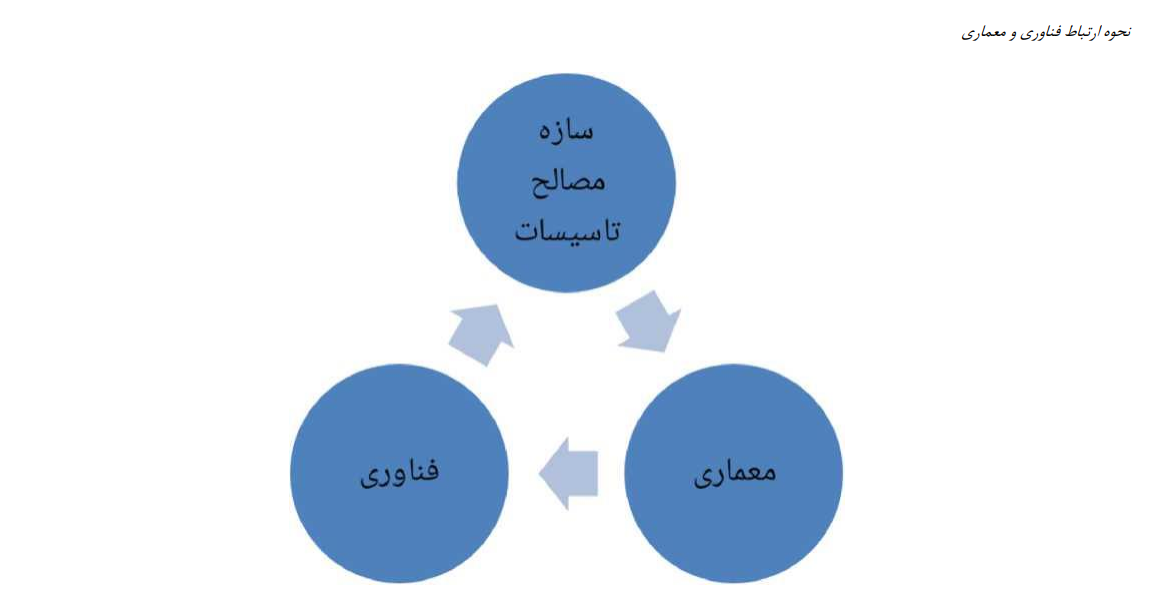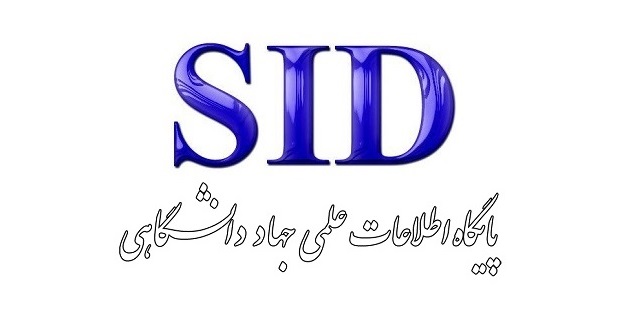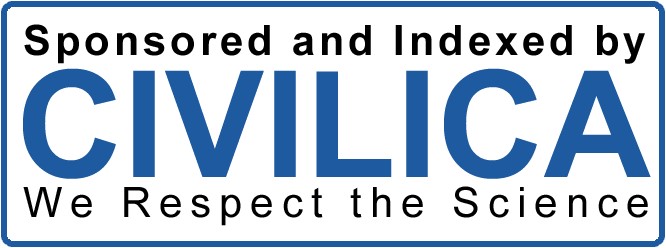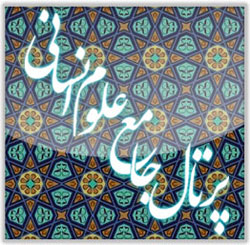The Impact of Contemporary Socio-Economic Transformations on the Quality of Architectural Technology in Tehran
Keywords:
Socio-economic developments, quality of architectural technology, technology, cultureAbstract
Various spatial components that shape architecture reflect the overall socio-cultural and economic system prevailing in a society. In the modern era, with the increasing advancement of technology—which constitutes an inseparable part of architecture—the intensity of transformations in Iranian architecture, especially in Tehran, has accelerated. This has led to significant challenges in architectural elements such as facades, physical space, and other architectural dimensions, particularly in residential complexes. The entry of technology into architecture has been examined and analyzed from four distinct perspectives: the presence of structural elements in building facades, the type of materials used in the facade, the type of building system employed, and the degree of importance placed on form in the architecture of Tehran over the past three decades. On the other hand, the influence of four domains—culture, environment, employment, and economy—on the quality of technology has been analyzed through the design and distribution of a questionnaire and its statistical analysis using SPSS software and regression analysis methods. The temporal scope of the present study spans the post-revolutionary period (1986 to 2016 Gregorian Calendar), and spatially, it is limited to the metropolitan area of Tehran.
Downloads
References
Ebrahimi, M., & Naqi Zadeh, K. (2017). Examining Solutions for Integrating New Sciences and Technologies with Iranian-Islamic Values in Contemporary Architecture: A Case Study of Biomimicry in Residential Complex Design Faculty of Architecture, Faculty of Fine Arts, University of Tehran].
Fazelnasab, F. (2013). Factors and Barriers to the Emergence of Spatial Hierarchy in the Progress of Architectural Technology with Modern Architecture. Urban and Architectural Journal, Arman Shahr(15), 1-14.
Heidegger, M. (1994). The Question Concerning Technology. https://cyberlaw.stanford.edu/content/files/images/4/44/heidegger_martin_the_question_concerning_technology_and_other_essays.pdf
Parvizi, E., Mavaniyan, M. J., & Mahdavi Nejad, M. R. (2012). Examining the Quality of Technology Integration in Historical Architecture.
Postman, N. (2016). Technopoly: The Surrender of Culture to Technology. Information Publications. https://interesi.wordpress.com/wp-content/uploads/2017/10/technopoly.pdf
Rezai, Z., & Afshin, H. (2016). Strengthening the Chehel Sotoun Palace in Isfahan Using Modern Architectural Technologies East Tehran Unit, Payam Noor University].
Savali, Y. (1993). Appropriate Technology vs. Aggressive Technology in Free Zones. Free Zone Journal(32), 11-13.
Shahroudi, A. (2004). The Role of Technology in Iranian Architecture. Road and Building Journal(21), 48-52.
Shayanfar, S. (2003). Philosophical Essay on the Role of Technology in Architecture University of Tehran].
Silvaye, S. (2021). The Interaction Model of Technology and Lifestyle in the Architecture of Residential Complexes from the Pahlavi Era to the Present Faculty of Architecture and Urban Planning, Islamic Arts University of Tabriz].
Toffler, A., & Kamrani, H. (1995). Future Shock. Simorgh Publications.
Vafamehr, M. (2013). Industrial Architecture of Buildings in Tehran. Fekr-e-No Publications.

Downloads
Published
Submitted
Revised
Accepted
Issue
Section
License
Copyright (c) 2025 جعفر نیکومنش (نویسنده); محمدرضا پورزرگر (نویسنده مسئول); شوکا خوشبخت بهرمانی (نویسنده)

This work is licensed under a Creative Commons Attribution-NonCommercial 4.0 International License.







